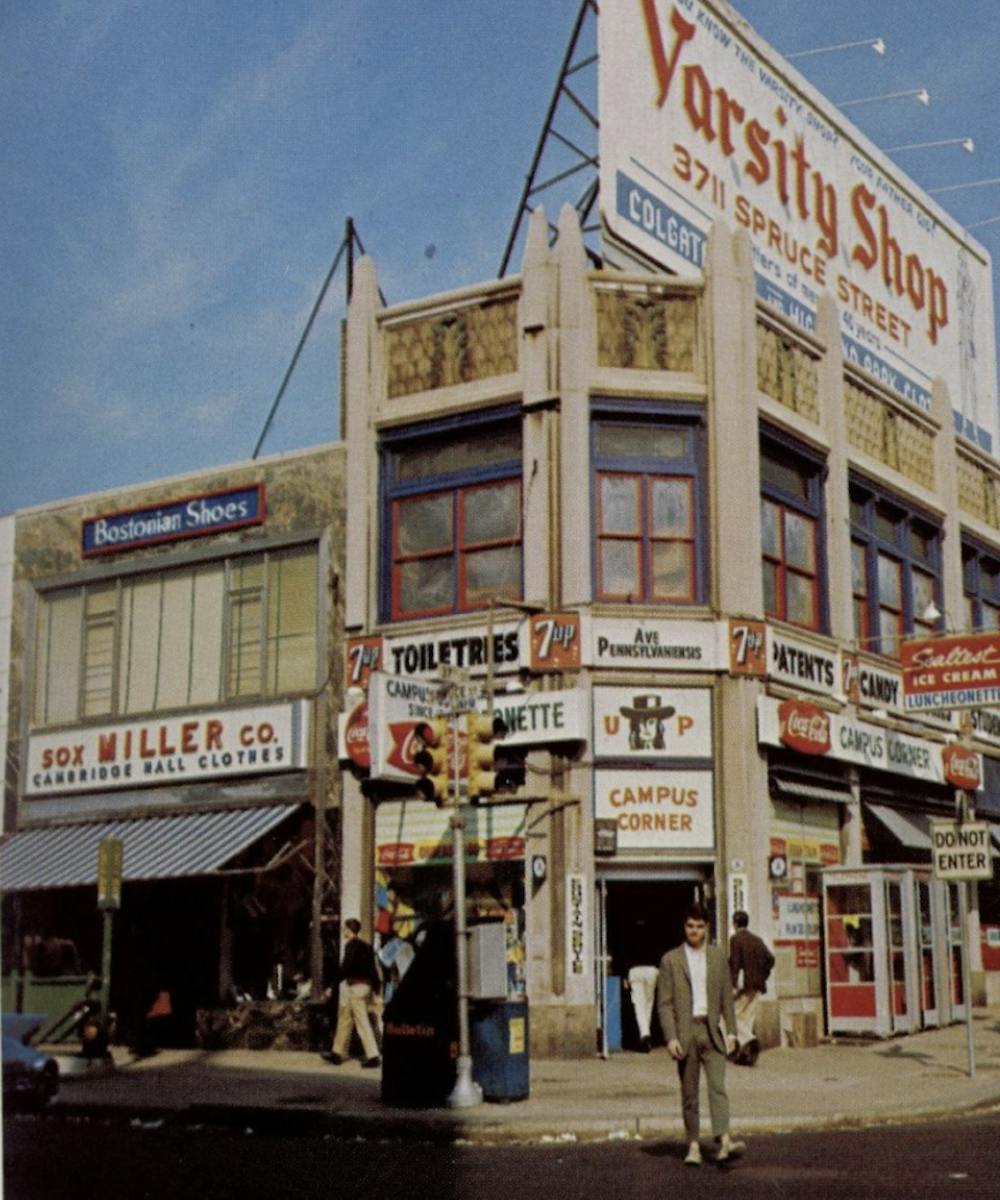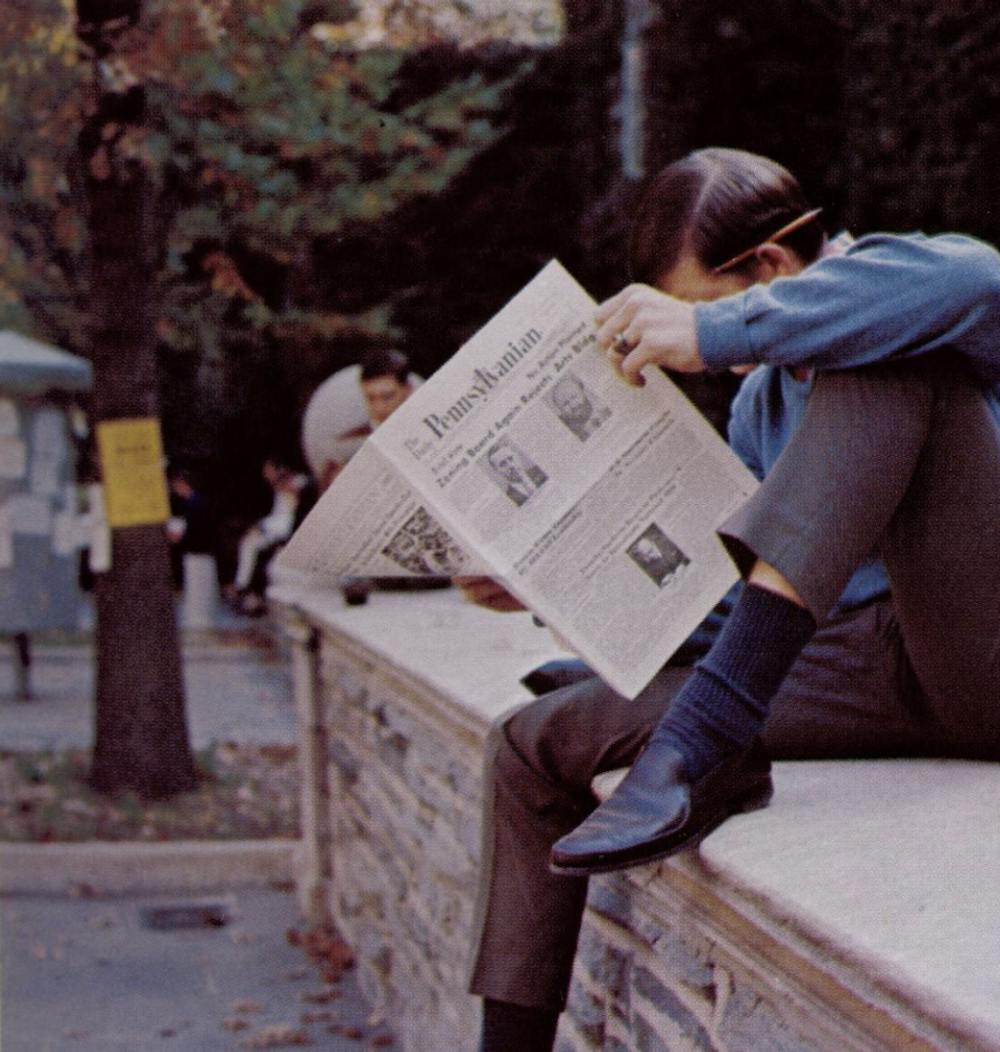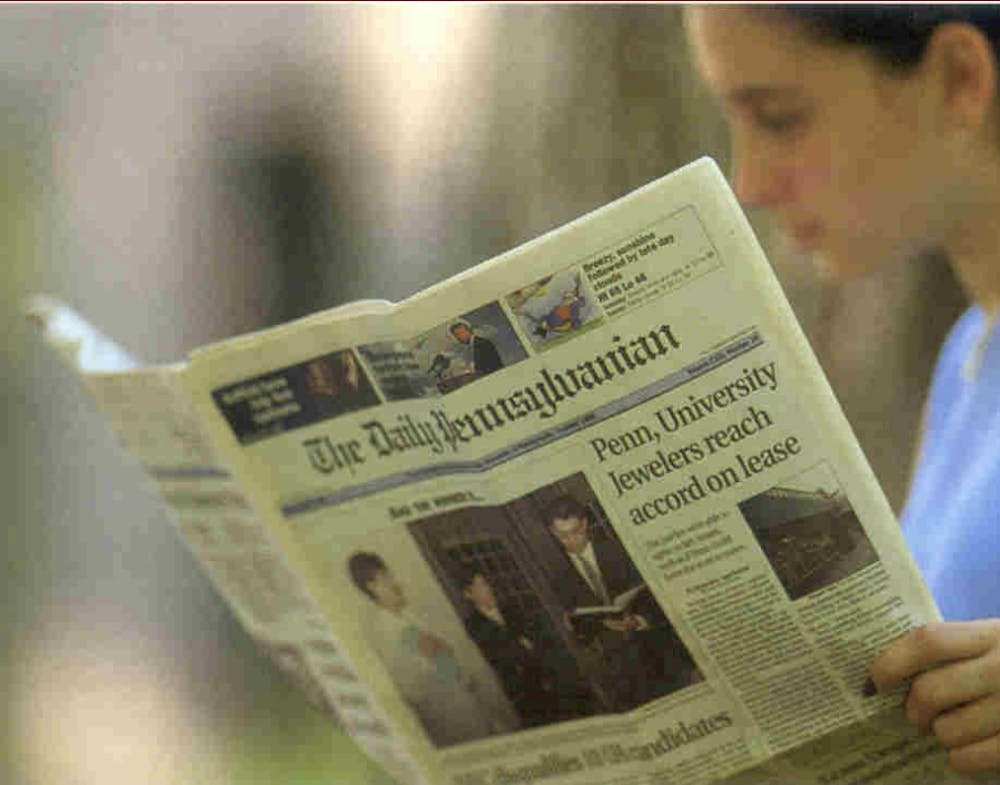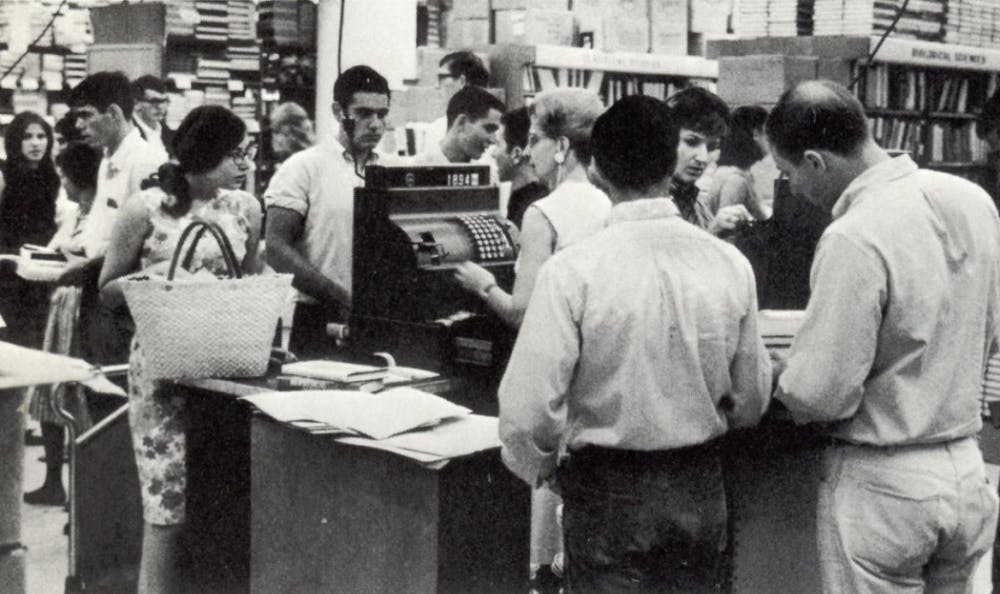The incessant hustle of daily life at Penn makes it easy to forget that this institution has been around for generations. In many ways, not much has changed: 50 years ago, students still hurried down Locust Walk from class to class, went to Smokey Joe’s on Saturday nights, and stayed up late studying in the library, just as we do today. And yet, Penn in 1969 was vastly different in almost every aspect, ranging from the physical campus to its class demographics. With the Class of 1969’s 50th reunion approaching in May, Wendy Santoro and Mary Ellen Miller—two alumni of what used to be called the College for Women at the University of Pennsylvania—shared what student life was like half a century ago.
Wendy Santoro smiles nostalgically as she details her time at Penn, recalling times with friends and memories of her favorite classes. Santoro's college experience is reminiscent of a modern college student's. She had her favorite places to eat on campus: Smokey Joe's, Kelly and Cohen’s on the corner of 33rd and Chestnut, and the "Dirty Drug" lunch counter on 34th and Walnut. Her order at Smokes' was tuna fish on a kaiser roll, and at Kelly and Cohen's, the cold cut sandwiches. She had her favorite classes, including an art history class taught in the Penn Museum. Additionally, Santoro was an involved student in a number of on–campus activities, from serving as Secretary of Women’s University of Pennsylvania Student Government to tutoring in South Philadelphia.
For her part, Miller began a long history of involvement with Penn as a Women's Class Officer and continued on to serve as the Class of 1969 treasurer. Today, she is the co–president of the Class of 1969 and diligently keeps up with the members of her graduating class by sending out a biannual newsletter and organizing events, such as the upcoming 50th reunion.

Still, Penn in 1969 was not Penn in 2019. The students had "physical add–drop", as Miller describes, where students had to "get a release [from a professor] and then go to drop and add and get that all taken care of. All that was in the bookstore," which at that time was located where the Starbucks under 1920 Commons is today. The social scene was centered around sporting events such as football and basketball games. Santoro says that "there was nothing that was as loud or as much fun as a Big 5 Double Header," and Miller characterizes the weekend football games as an all–day affair, "which started with brunch, the game, and then a party at night usually at the fraternity house.”
Most importantly, the largest difference between Penn then and now was the separation of men and women. It wasn't until 1974—five years after the women's graduation—that Penn became completely, unitedly co–educational. The road to this merger was not smooth sailing, with the administration frequently questioning the validity of women’s enrollment, stating in 1967 that “acceptance of the current philosophy of integration and equality of the sexes does not obliterate the fact that women, as women, do have some significant problems and interests.” Beyond the separate schools, restrictions for women existed all throughout the duration of Santoro and Miller’s time at Penn, from the inability to enroll in Wharton classes to not being allowed into Houston Hall for dinner. Men and women were even separated in where they lived—Santoro says that “the women lived mainly in Hill Hall and Sargent Hall, which is where the DP was,” while, “all the freshmen men lived in the quad.”

Regulations for women went as far as requiring dresses to be worn in all campus buildings, including the library and dining halls. Santoro recalls how this rule affected her morning routine: “We couldn’t wear pants... so in the morning, we would throw on our breakfast shifts and run down to the dining room before it closed.” In addition, women living on campus had a curfew, and a live–in house mother to enforce all rules.
Successive changes in Penn’s rules and regulations for women started to occur within the four years that Santoro and Miller attended the college and continued well into the 70s. By their junior year in 1968, the two women were allowed to wear pants on campus. By their senior year, women could take part in Hey Day, but Santoro and Miller were never able to experience it, since it's a junior–year tradition. Up until then, they only ,“were allowed to go to the ceremonies and see the guys get their awards," says Miller. However, as Santoro puts it, “it was the 60s, people complained. So, [things] changed for the better.”

Despite these inequalities, both Santoro and Miller emphatically affirm that their Penn experiences were overwhelmingly positive. Santoro says of her living situation that, “I lived in a campus apartment which was 38th and Chestnut. It was owned by the University. We still had curfews, we still had a dorm mother, we still had cleaning service, which was really nice. We had six girls in a three–bedroom apartment with one bath. We cooked all our own meals and everything, it was wonderful.” An elementary education major and a history minor, Santoro describes her classes and professors as “just fabulous.”
Miller proudly claims that she, “definitely bleeds red and blue” and credits her Penn education for allowing her future career success, saying “just being at the scope of Penn with its diversity of thought as well as person taught me how to deal with any kind of a challenge.”
With more than half of the current student population consisting of women, it is easy to forget the disadvantages that women at Penn—and beyond—once faced. Women like Santoro and Miller paved the way for the women of today to be able to take full advantage of all that Penn has to offer. Although there is still a long road ahead for women's rights, it is important to recognize how far we have come and honor those who came before.

